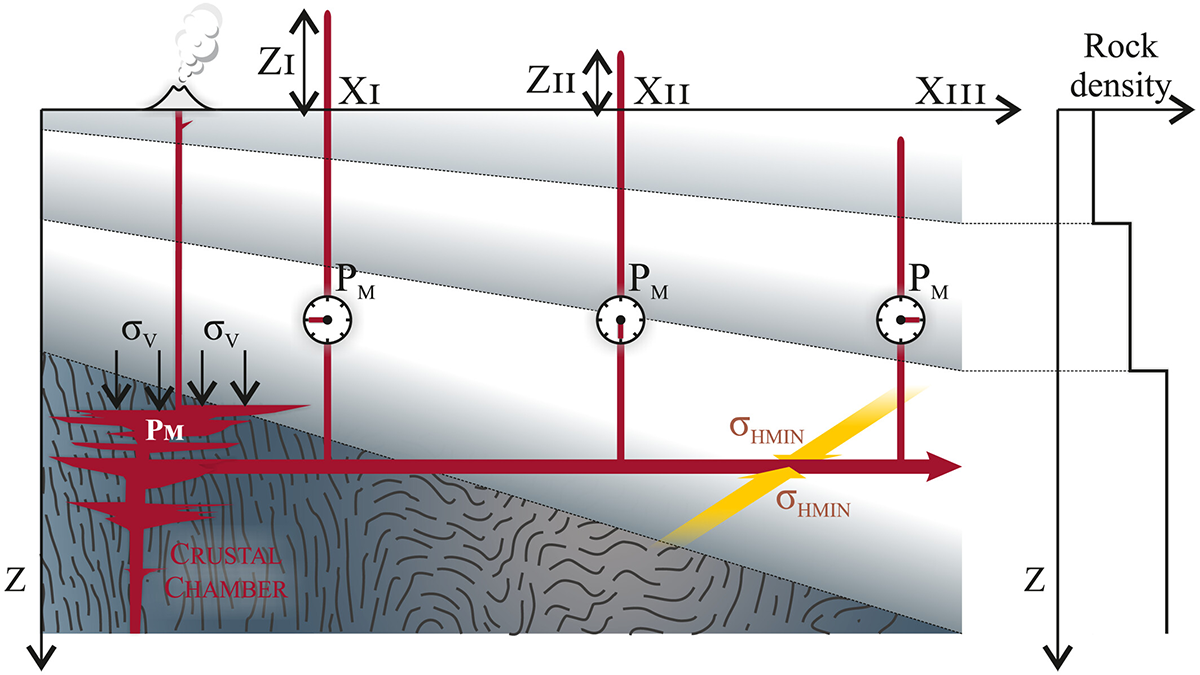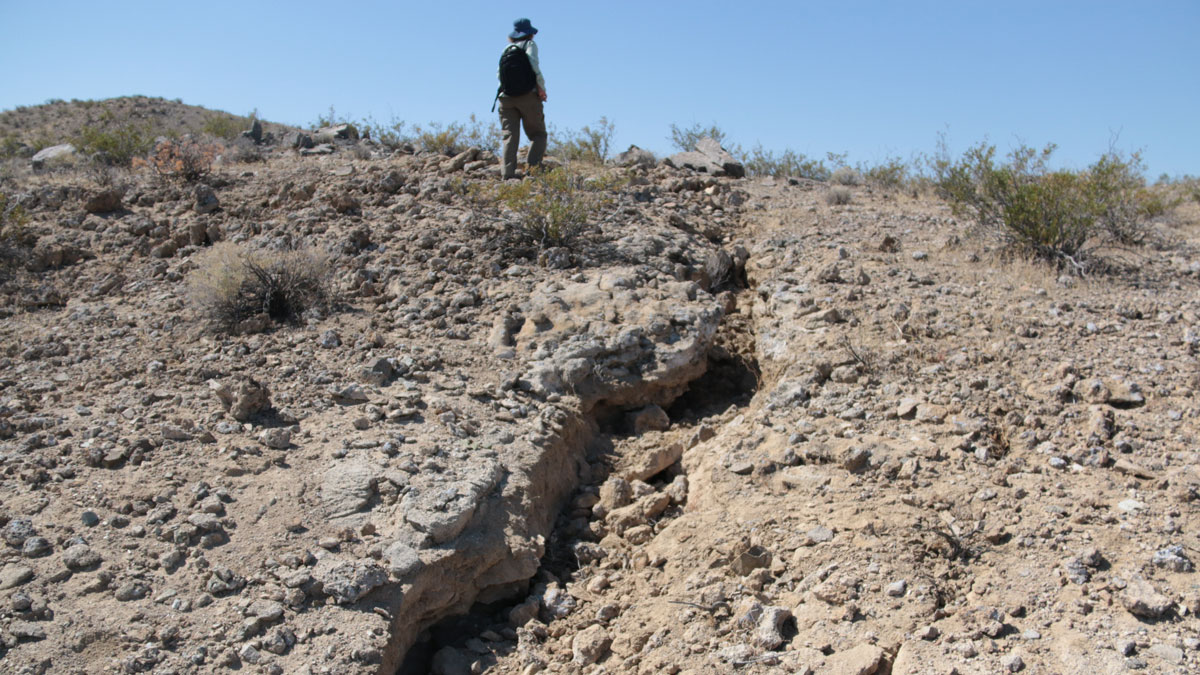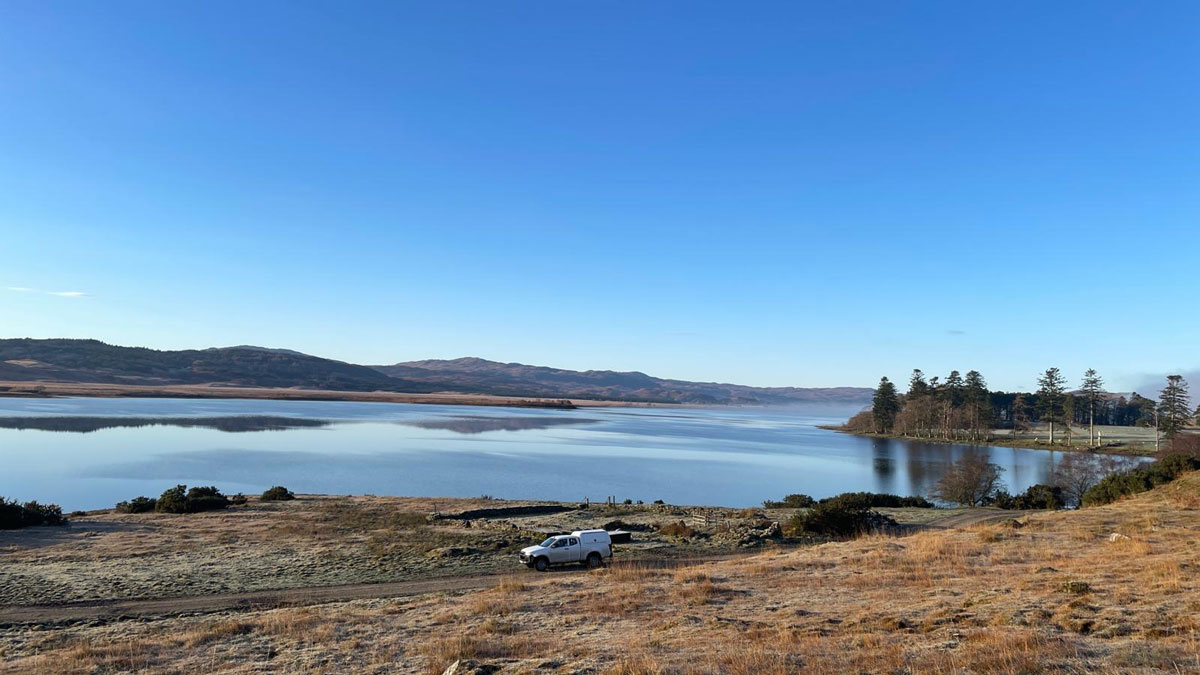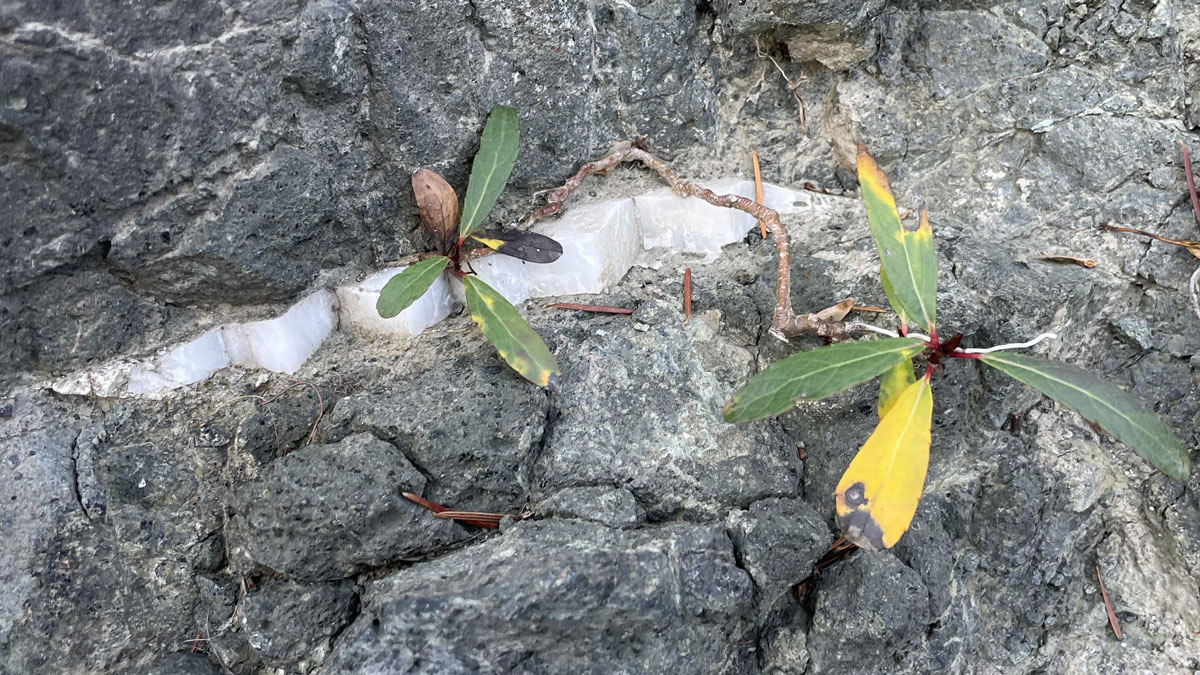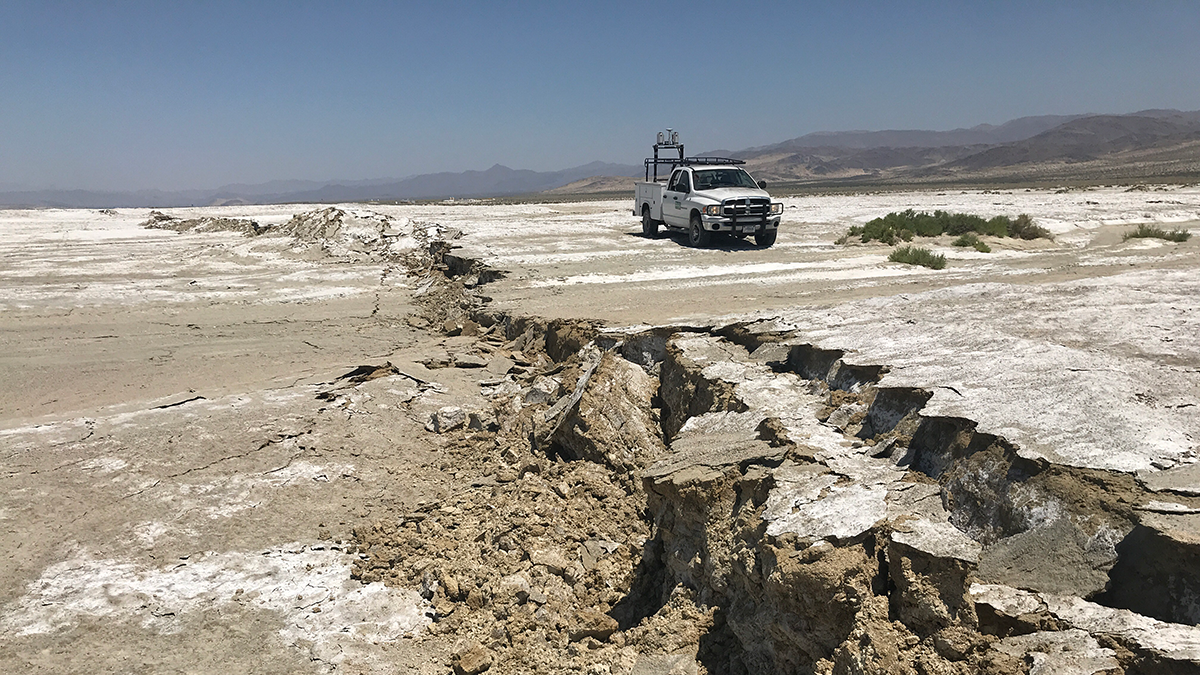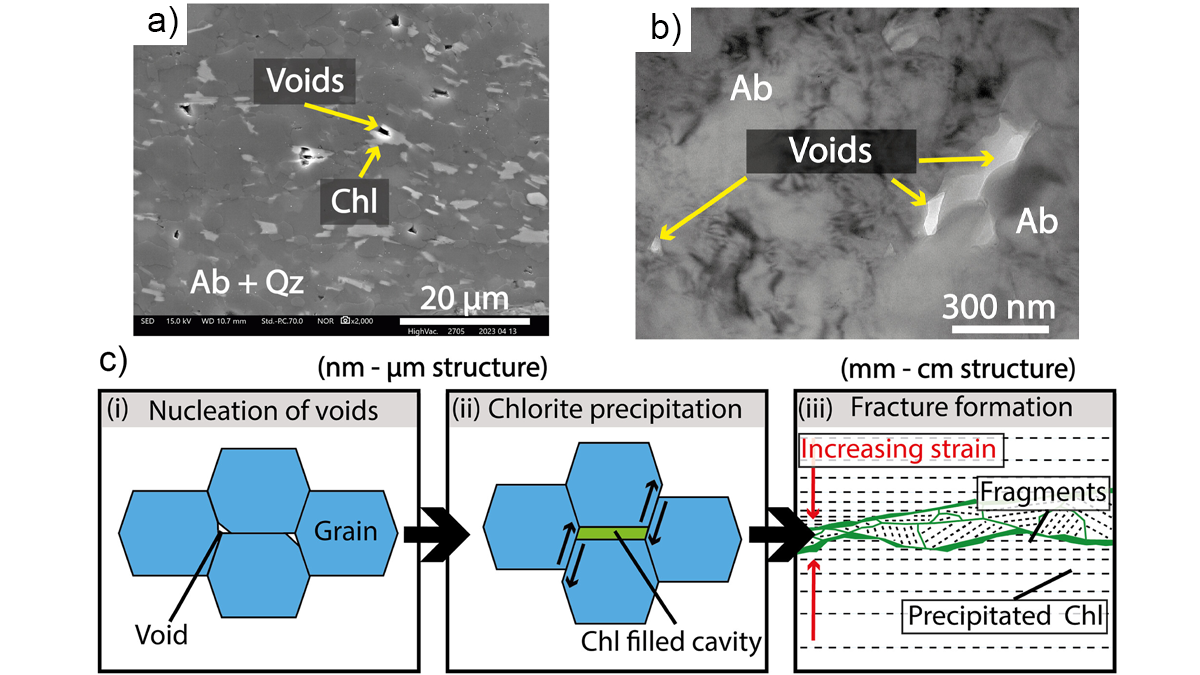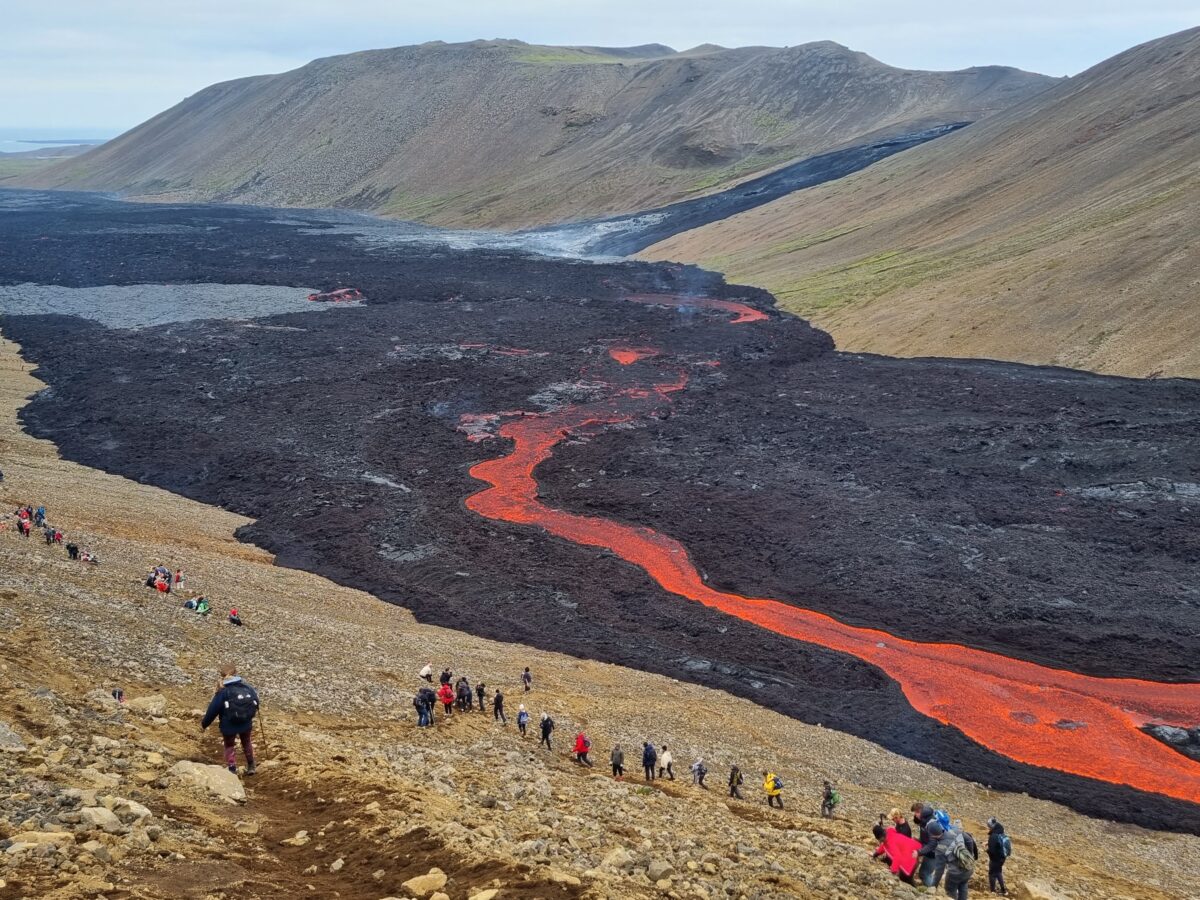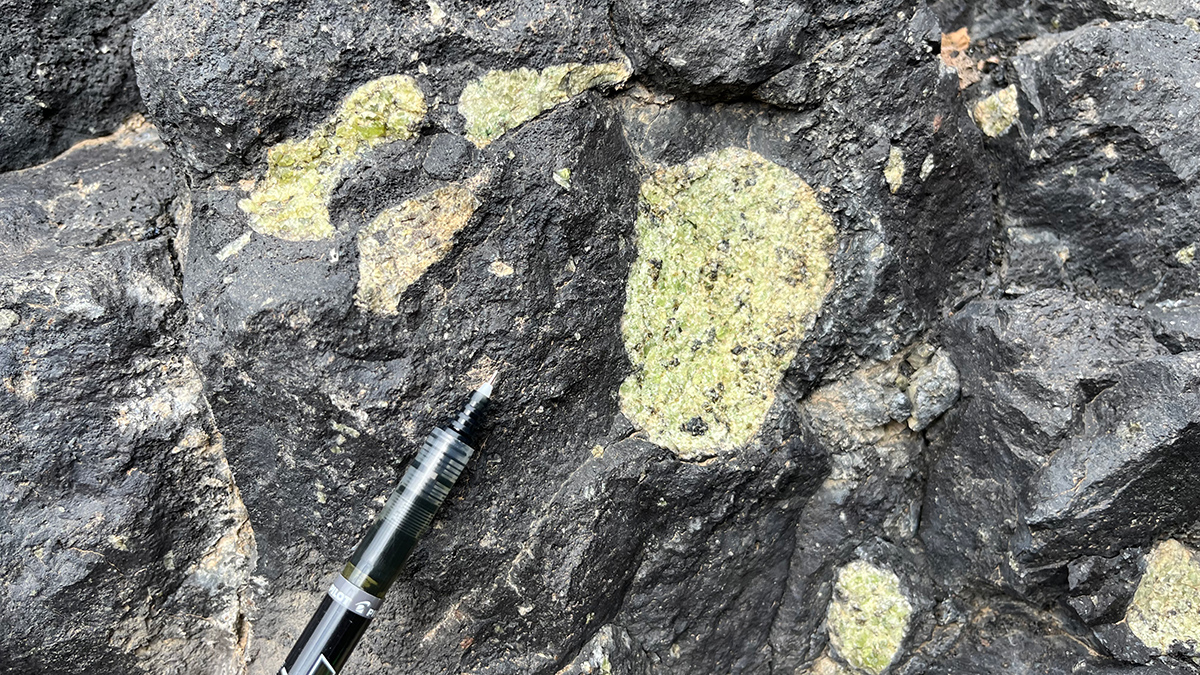Sill-based pressure reconstructions show Mull’s giant dykes had eruption-capable pressures, but near‑surface groundwater cooling increased magma viscosity and stalled lateral propagation.
Earth’s crust
The Ridgecrest Earthquake Left Enduring Damage in Earth’s Deep Crust
The shallow crust has recovered since California’s 2019 quake, but damage persists at depths greater than 10 kilometers.
New 3D Model Reveals Geophysical Structures Beneath Britain
Using magnetotelluric data to identify subsurface electrically conductive and resistive areas, scientists can identify underground features and predict how space weather may affect infrastructure.
Verdaderas soluciones climáticas están debajo de nosotros
Es momento de aceptar que el almacenamiento duradero de carbono en el subsuelo, junto con la reducción de emisiones, debe ser parte del plan para mitigar los efectos del cambio climático, y las geociencias deben desempeñar un papel central.
New Insights into How Rocks Behave Under Stress
New 3D imaging techniques show hidden patterns of stress that help explain how and why rocks break.
Creep Cavitation May Lead to Earthquake Nucleation
Ultramylonites, rocks of ultrafine grainsize, bring records of nanometer-scale cavities generated at the base of seismogenic crust along Japan’s largest on‐land fault.
Real Climate Solutions Are Beneath Us
It’s time to accept that durable subsurface carbon storage, along with emissions reductions, must be part of the plan to mitigate the effects of climate change—and geoscience must play a central role.
Matching Magma Dikes May Have Different Flow Patterns
A set of lab experiments involving a laser, gelatin, and xanthan gum explored how varying flow patterns between dikes with similar speeds and shapes could affect eruption predictions.
Seismic Images Show Major Change Along the Mid-Atlantic Ridge
New seismic images of the Lucky Strike slow-spreading segment of the Mid-Atlantic Ridge show thick lower crust at the center that thins in both along-ridge directions.
The Deep Frontier of Mantle Magma Supply
Compared with crustal magma systems, little is known about the deep sources of volcanic supply chains. Interdisciplinary efforts can help answer key questions about how magma migrates from the mantle.

